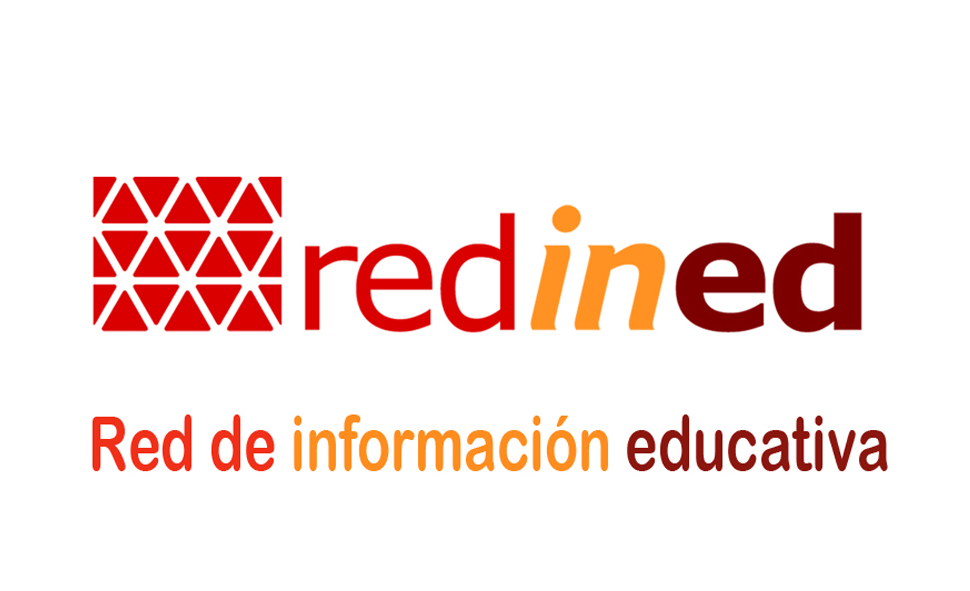Mostrar el registro sencillo del ítem
The role of technology integration and teacher support in enhancing student engagement : exploring the mediation of self-directed learning
| dc.contributor.author | Mozammel, Jabeen | |
| dc.contributor.author | Hamid, Aida Hanim Binti A | |
| dc.contributor.author | Alkashami, Mohamed | |
| dc.contributor.author | Shehabat, Abdullah kheirou | |
| dc.date.issued | 2024 | |
| dc.identifier.citation | p. 81-83 | spa |
| dc.identifier.issn | 1698-7802 | spa |
| dc.identifier.uri | https://forodeeducacion.com/ojs/index.php/fde/article/view/644 | spa |
| dc.identifier.uri | https://hdl.handle.net/11162/269679 | |
| dc.description.abstract | Se analizan las interconexiones entre la integración de la tecnología, el apoyo docente, el aprendizaje autodirigido y la participación estudiantil en la Educación Superior. La muestra se compone de 135 participantes. Para el análisis de información se utiliza el Modelo de ecuaciones estructurales por mínimos cuadrados parciales (PLS-SEM). Se extrae que la integración de la tecnología y el apoyo docente influyen significativamente en el aprendizaje autodirigido. No obstante, su efecto directo en la participación estudiantil es limitado, lo que sugiere la participación de otros factores mediadores. Asimismo, se subraya la importancia de los enfoques holísticos para diseñar intervenciones educativas efectivas. | spa |
| dc.description.abstract | The article explores the interconnections among technology integration, teacher support, self-directed learning (SDL), and student engagement in higher education. Grounded in Self-Determination Theory (SDT), examines how autonomy, competence, and relatedness are fostered through these variables. The findings indicate that while technology integration and teacher support significantly influence SDL, their direct effect on student engagement is limited, suggesting the involvement of additional mediating factors. This study contributes to the growing body of literature by providing empirical evidence on the mediating role of SDL, highlighting its critical role in modern pedagogical practices. By addressing gaps in the understanding of these relationships, the research offers actionable insights for crafting holistic and effective educational strategies. Data from 135 participants were analyzed using Partial Least Squares Structural Equation Modeling (PLS-SEM), providing robust insights into these relationships. By shedding light on the intricate role of SDL as a mediator, the study underscores the importance of holistic approaches in crafting effective educational interventions. These findings offer valuable guidance for educators, policymakers, and institutions striving to enhance student engagement and optimize learning outcomes. | spa |
| dc.format.medium | Digital | spa |
| dc.format.medium | Revista | spa |
| dc.language.iso | eng | spa |
| dc.relation.ispartof | Foro de educación. 2024, v. 22, n. 2, julio-diciembre ; p. 66-83 | spa |
| dc.rights | Atribución-NoComercial 3.0 España | spa |
| dc.rights.uri | http://creativecommons.org/licenses/by-nc/3.0/es/ | * |
| dc.subject | tecnología de la educación | spa |
| dc.subject | nuevas tecnologías | spa |
| dc.subject | participación de los estudiantes | spa |
| dc.subject | organización estudiantil | spa |
| dc.subject | autoaprendizaje | spa |
| dc.subject | enseñanza superior | spa |
| dc.subject | cuestionario | spa |
| dc.title | The role of technology integration and teacher support in enhancing student engagement : exploring the mediation of self-directed learning | eng |
| dc.type | Artículo de revista | spa |
| dc.audience | Alumnado | spa |
| dc.audience | Profesorado | spa |
| dc.bbdd | Analíticas | spa |
| dc.description.pais | ESP | spa |
| dc.educationLevel | Educación Superior | spa |
| dc.title.journal | Foro de educación | spa |
| dc.identifier.doi | 10.14201/fde.22204 | spa |



